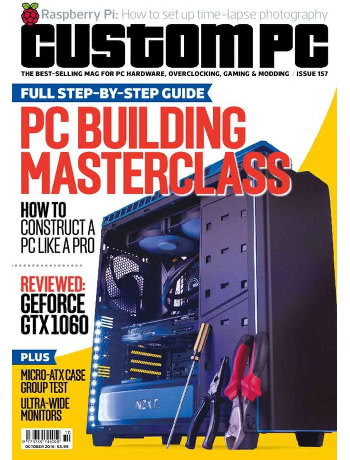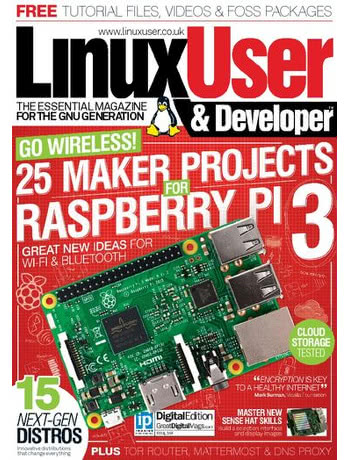
My interest in the Blink ecosystem is not purely academic. Having recently purchased a new house, I saw the opportunity to deploy a cost-effective camera system while documenting the process for Hobby Tech – and I’m pleased to report that Blink, which is entirely battery-driven bar a mains-powered “Sync Module, made things easy. The hardware was initially photographed in my studio then installed on-site with additional imagery captured, before being tested over a period of weeks to iron out teething problems.
The Raspberry Pi Pico W, meanwhile, is a near-identical clone of the Raspberry Pi Pico microcontroller board – but this time it’s brought a radio along for the ride. At the time of writing, only Wi-Fi was available – with Bluetooth present in hardware but not yet enabled in the firmware – but that’s enough to vastly expand the possibilities for projects driven by the Raspberry Pi Pico and its RP2040 microcontroller. Better still, the price has been kept low: at £6 including VAT, it’s near-impossible not to recommend the Raspberry Pi Pico W.
Finally, I reviewed the PolarFire SoC Icicle Kit back in Issue 224 – and one of my biggest complaints was with the pre-installed Linux distribution, which was extremely spartan and not a little buggy. It may have only been five months since that review was published, but things have change for the better – and to prove it I used Microchip’s documentation and Yocto Linux board support package (BSP) to build a much more polished Linux operating system for the board.
All this and more is available at your nearest newsagent or supermarket, online with global delivery, or as a free download on the official website.


 In Hobby Tech this month I take a look at the new Raspberry Pi-based
In Hobby Tech this month I take a look at the new Raspberry Pi-based  Inside this month’s MagPi Magazine – the first issue to feature a cover-mounted DVD, boasting a bootable copy of the new Debian+Pixel Linux distribution for readers to try – you’ll find my review of a rather special little gadget: the
Inside this month’s MagPi Magazine – the first issue to feature a cover-mounted DVD, boasting a bootable copy of the new Debian+Pixel Linux distribution for readers to try – you’ll find my review of a rather special little gadget: the 

 This month’s Hobby Tech column features my field report from the Maker Faire UK 2016 event, an interview with my good friend Daniel Bailey about his brilliant homebrew computers, and a review of the Genuino MKR1000 microcontroller.
This month’s Hobby Tech column features my field report from the Maker Faire UK 2016 event, an interview with my good friend Daniel Bailey about his brilliant homebrew computers, and a review of the Genuino MKR1000 microcontroller. My review for this month’s Linux User & Developer magazine is of a device I’ve been playing with for a while now: the Raspberry Pi 3, the first single-board computer from the Raspberry Pi Foundation to include a 64-bit CPU and integrated radio chip.
My review for this month’s Linux User & Developer magazine is of a device I’ve been playing with for a while now: the Raspberry Pi 3, the first single-board computer from the Raspberry Pi Foundation to include a 64-bit CPU and integrated radio chip.
